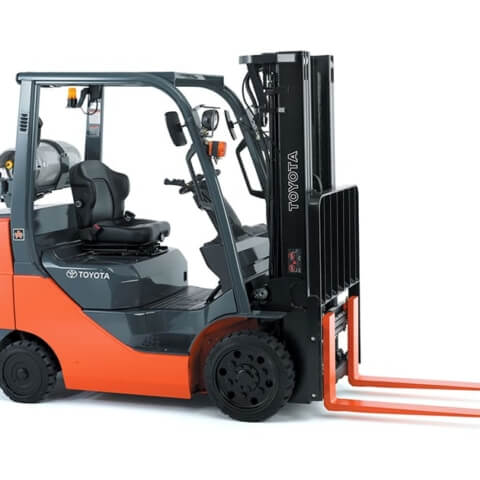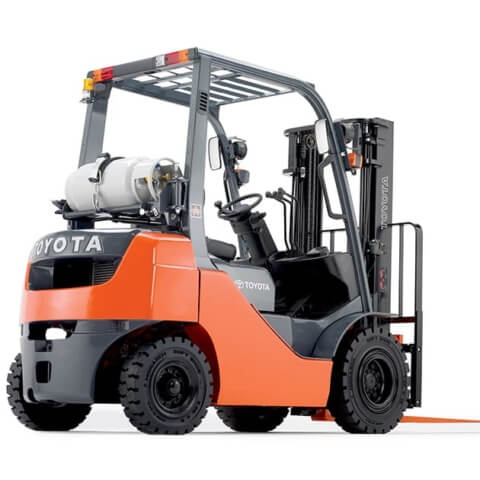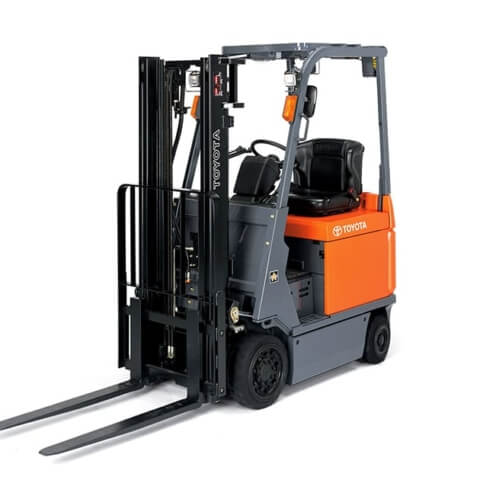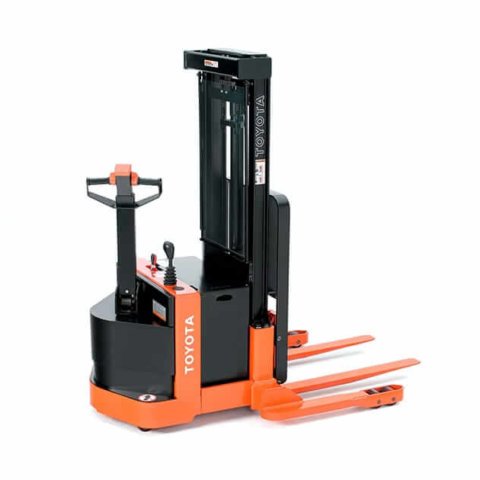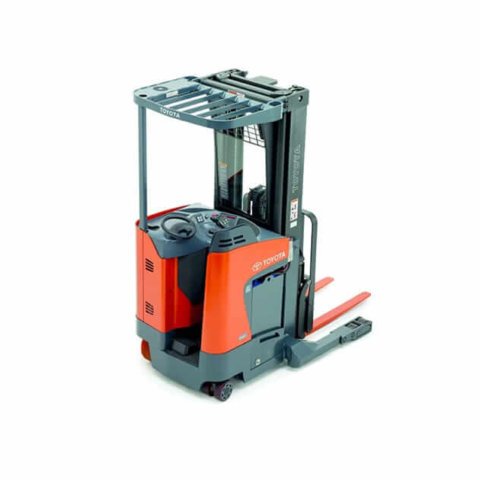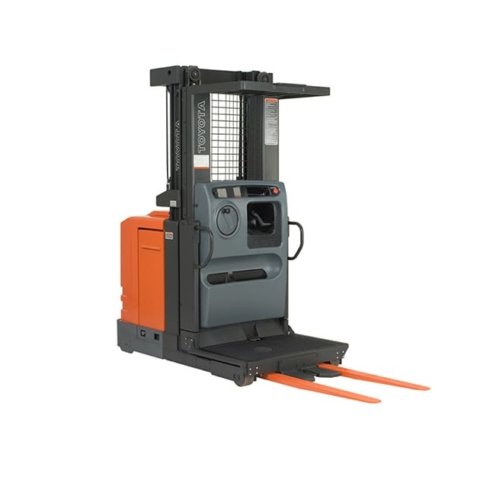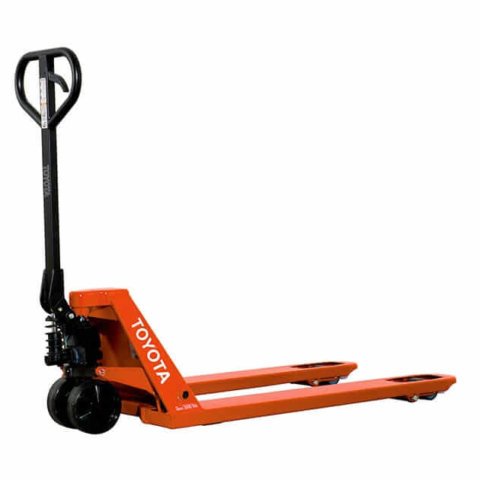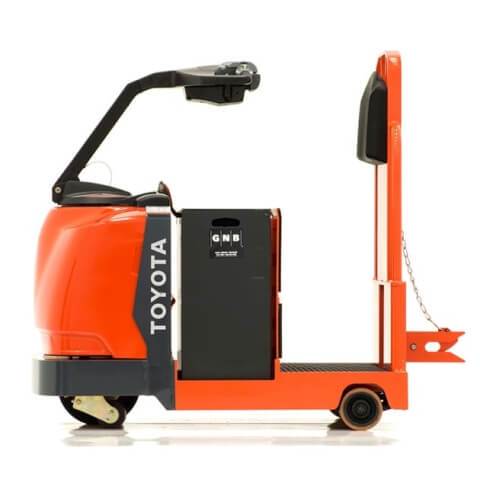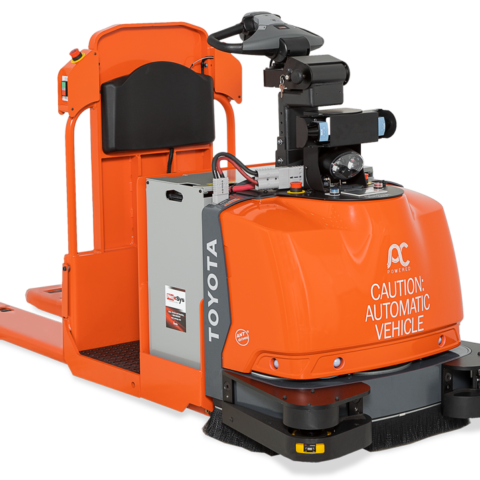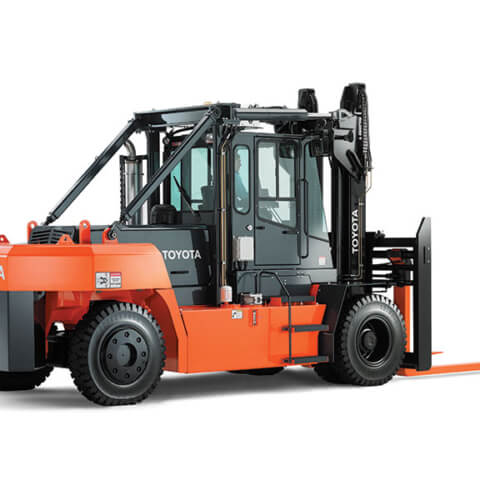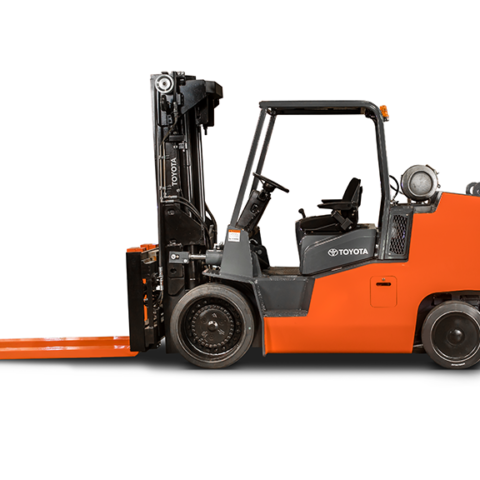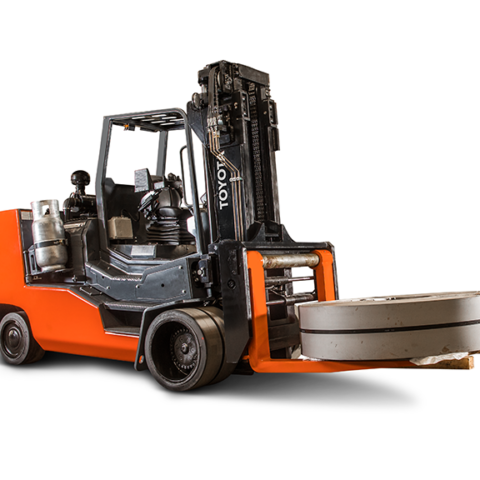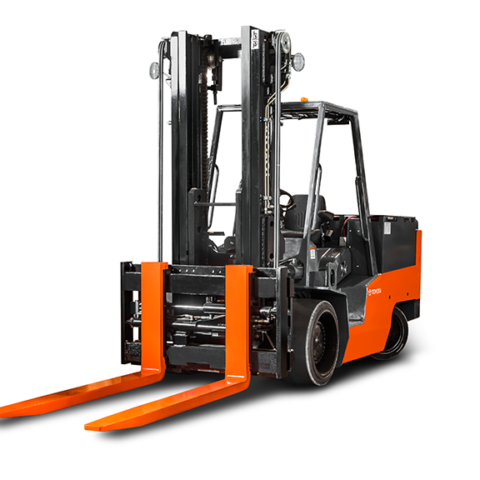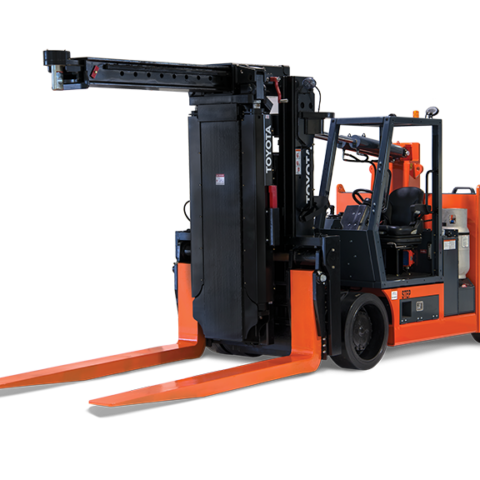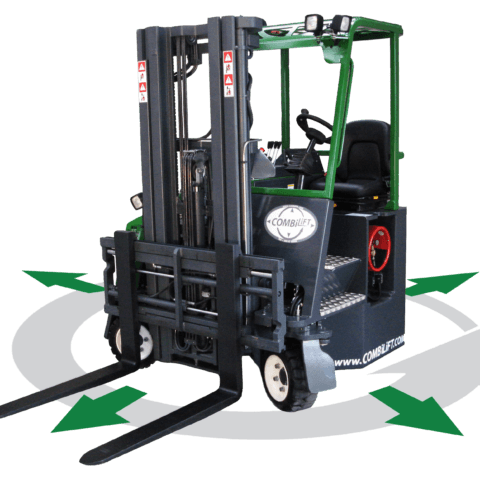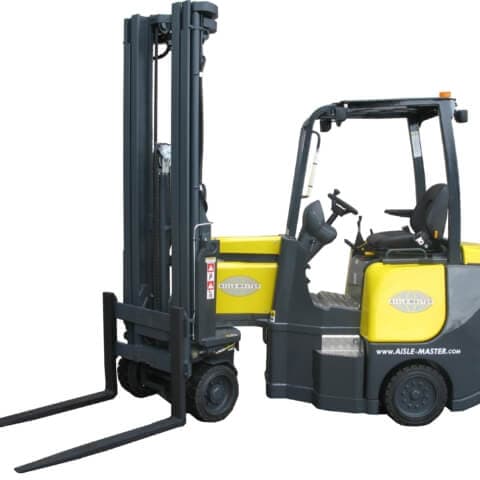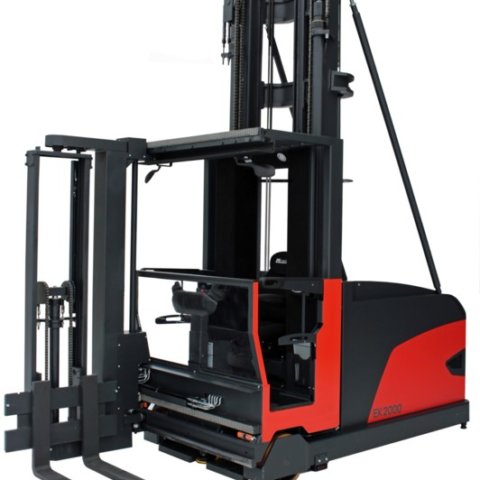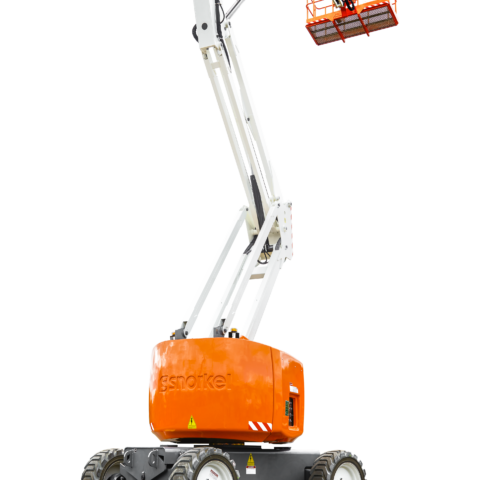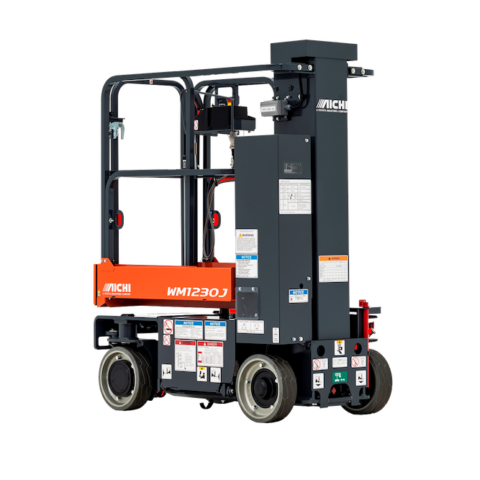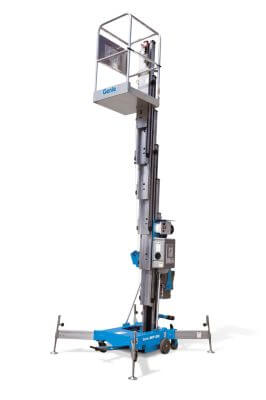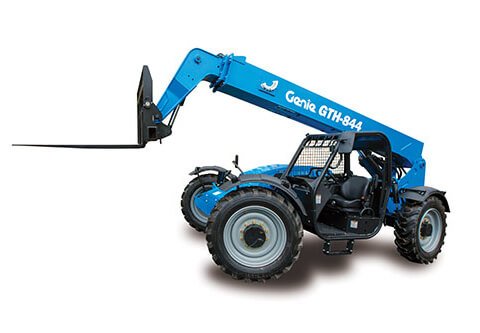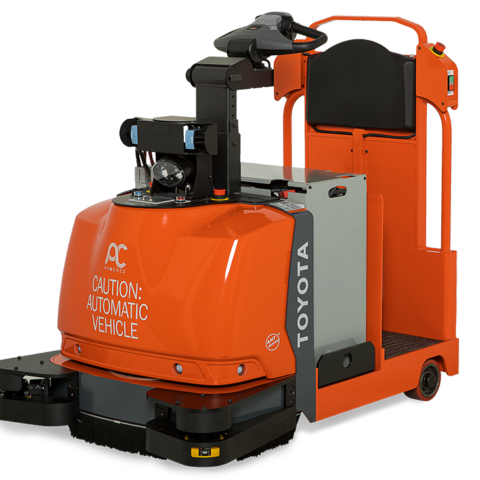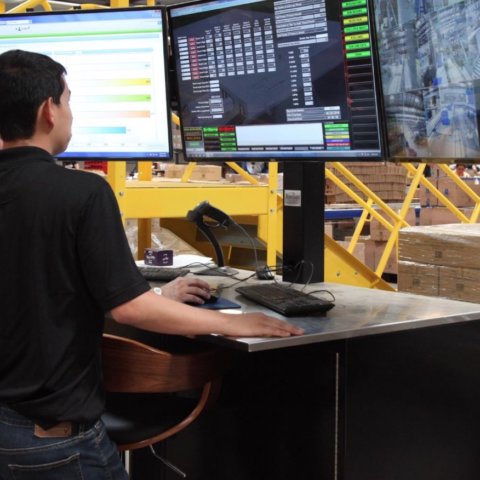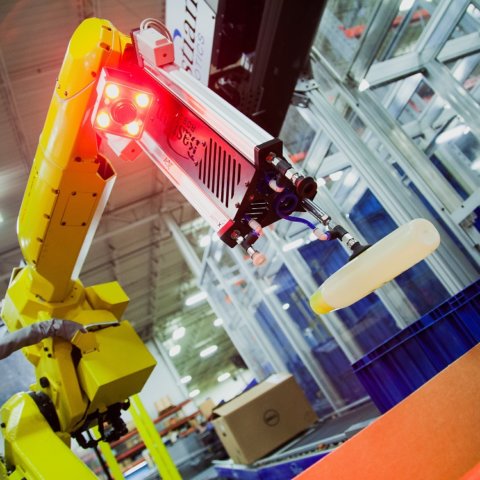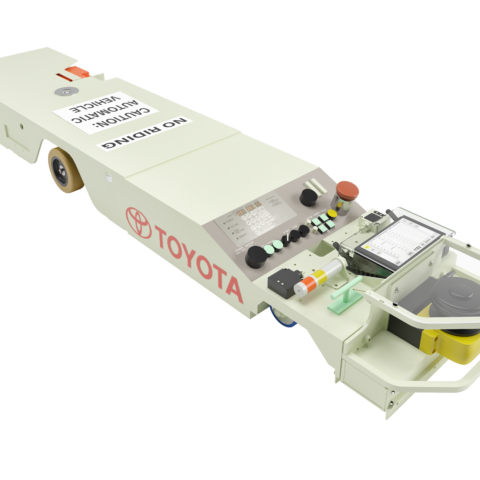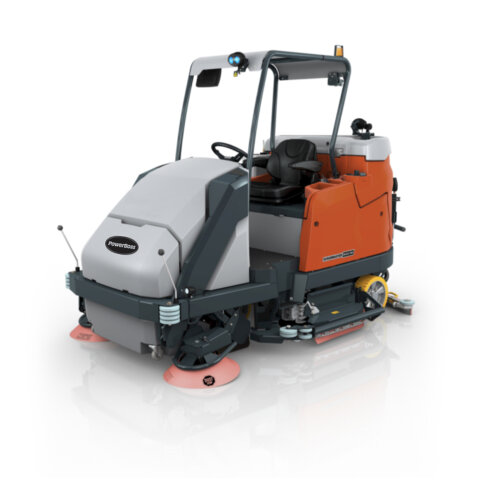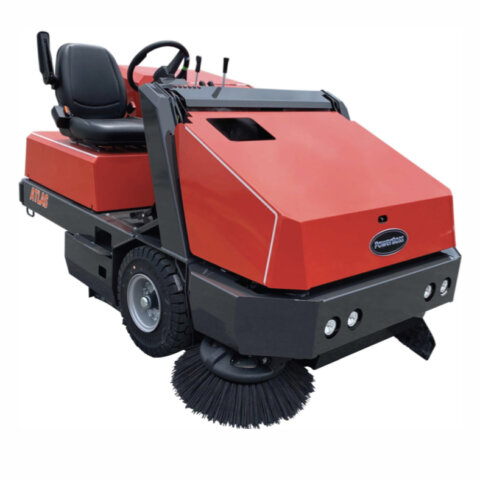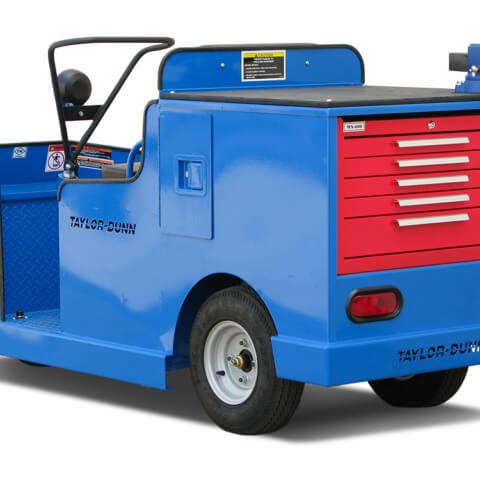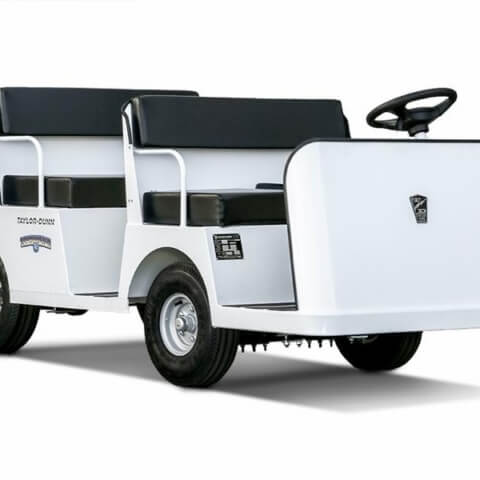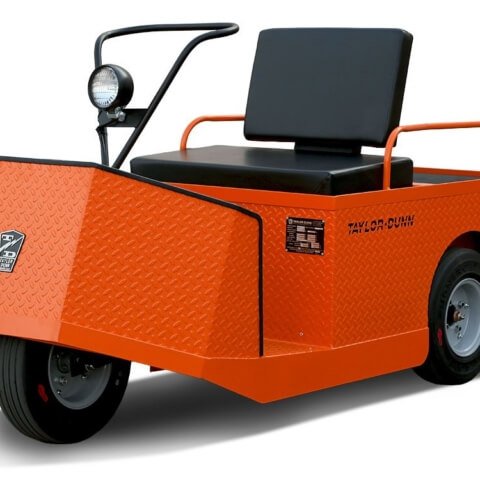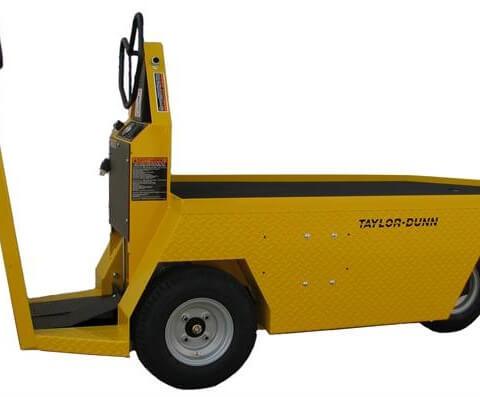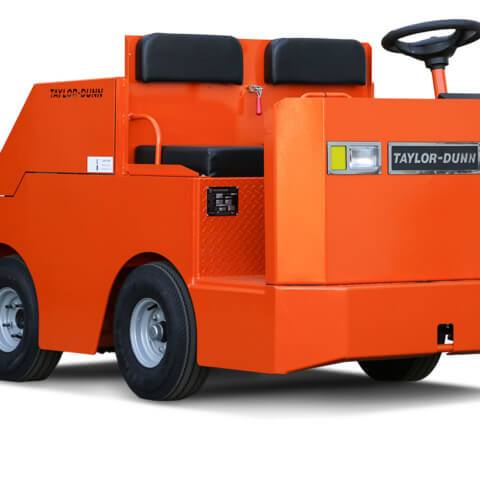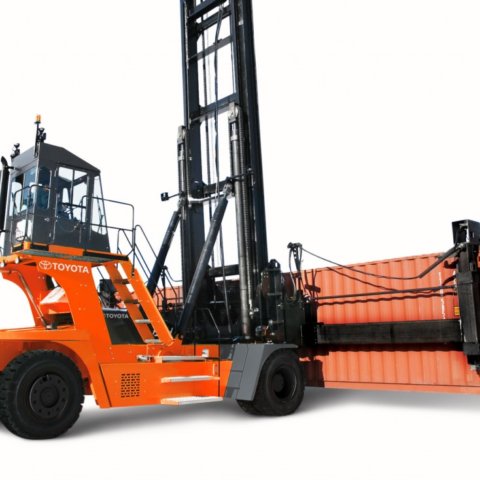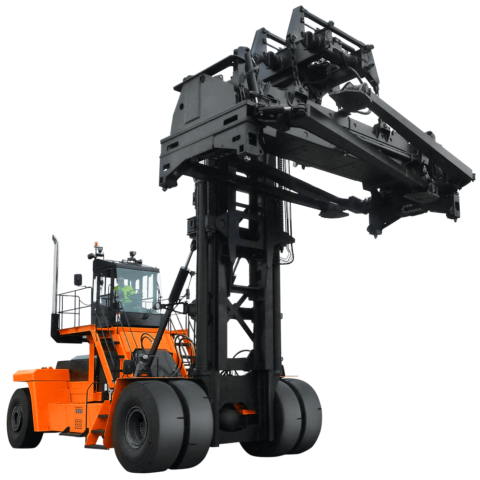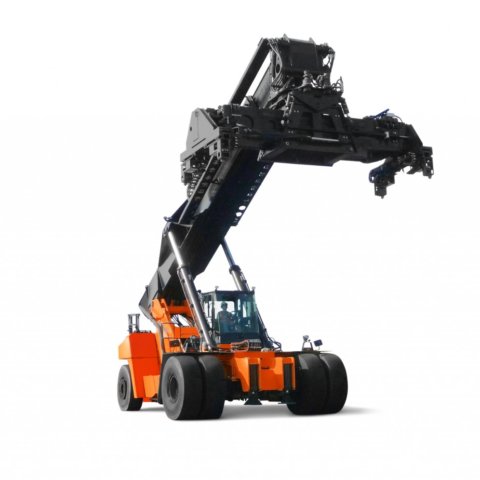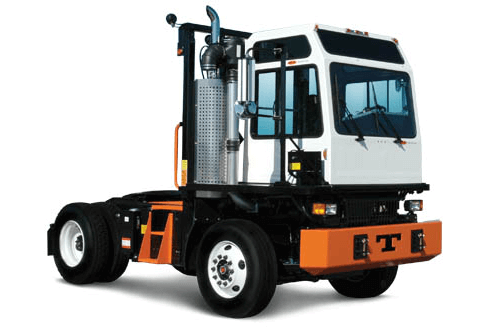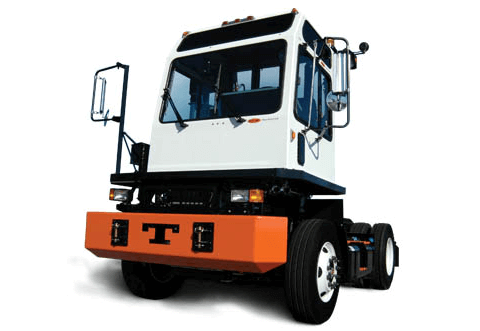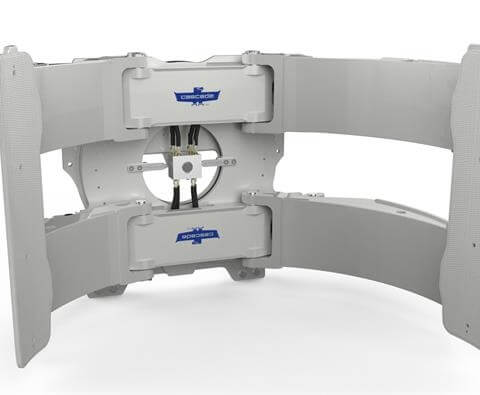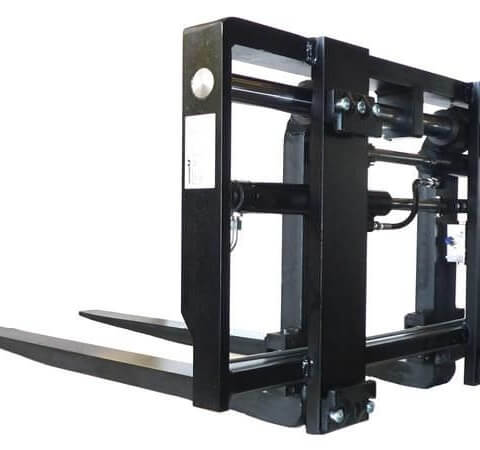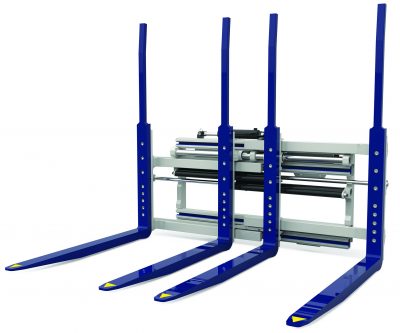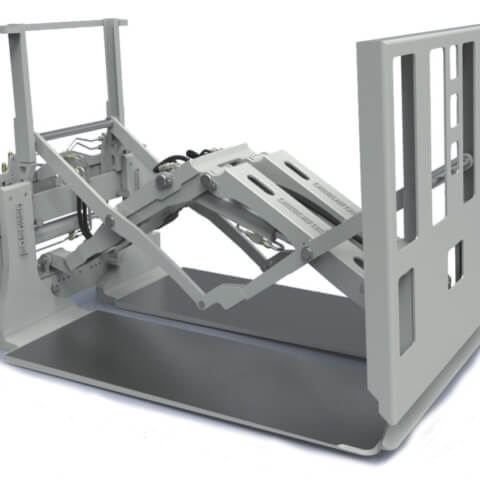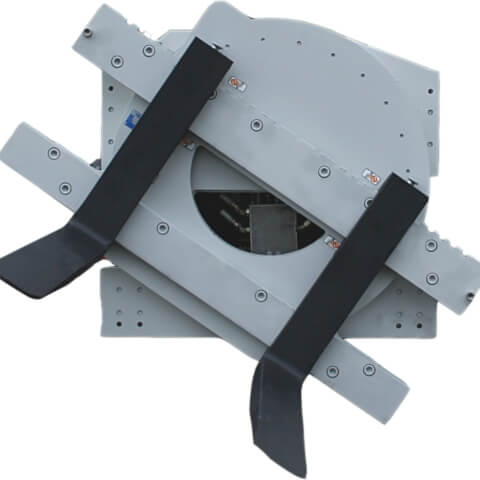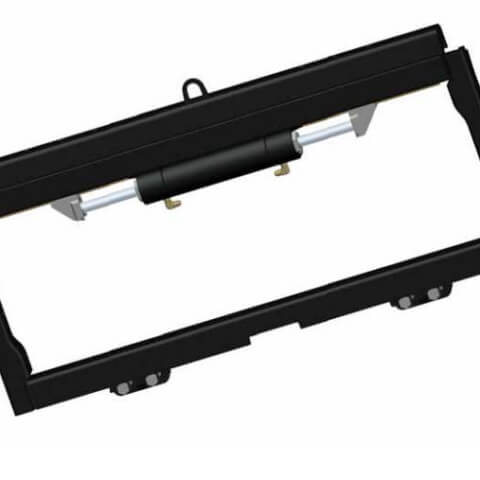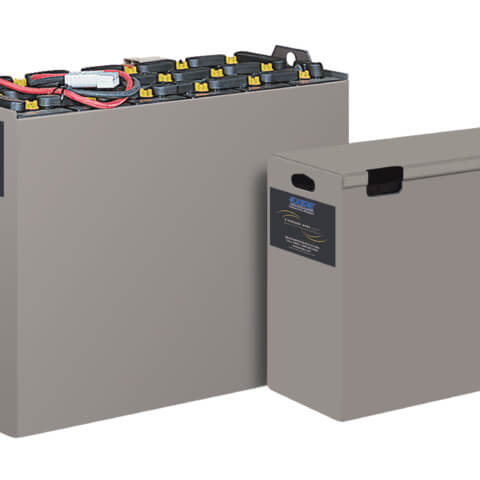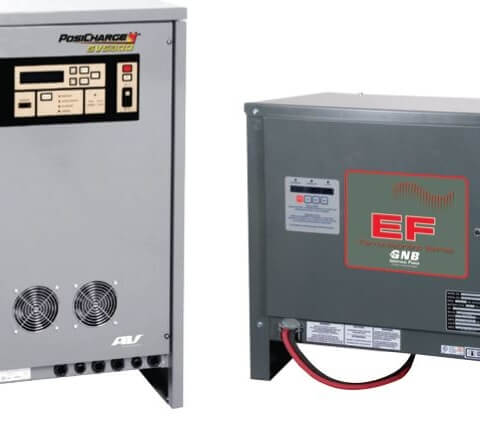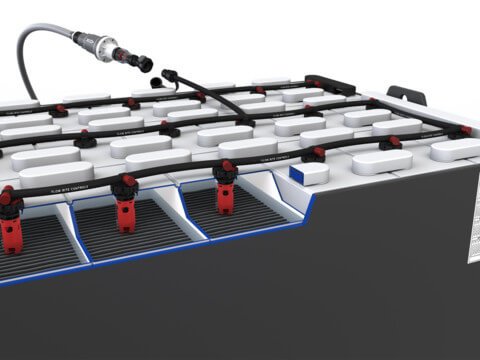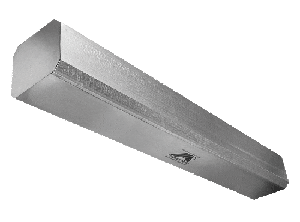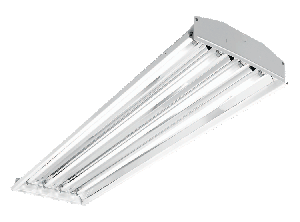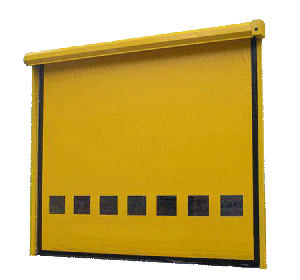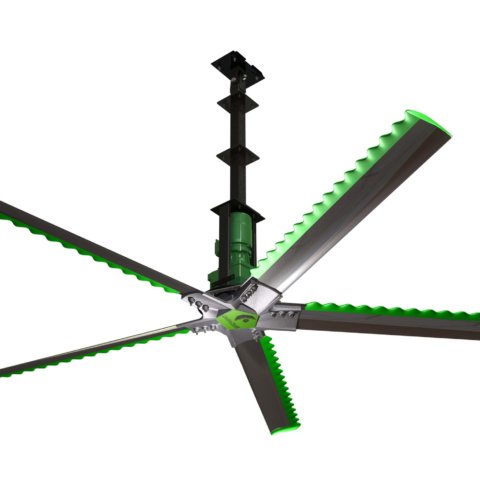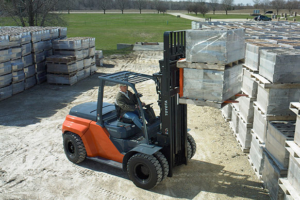
ProLift can support you with service and parts on all forklift drive components. Contact us for information and pricing! CONTACT PROLIFT
Forklift drive components convert mechanical energy produced by the power plant to drive motion. The components gear the revolutions per minute (RPM) to a rate that, when delivered to the wheels, provides smooth, efficient rotation. Below is an overview:
Forklift Transmission
A transmission is a set of gears, including a change gear and a drive shaft, by which power is transmitted from the engine to the wheels.
Torque Converter
A device that transmits mechanical energy from the engine to the transmission. Like one electric fan driving the blades of another, the engine driven impeller and stator drive hydraulic fluids into the turbine. The turbine begins to rotate at a ratio that multiplies engine power to drive the transmission parts. The converter is basically a clutch that uses fluid to transfer mechanical energy to the transmission gradually and without shock. The assembly allows the engine to run without the truck moving.
Gear-Driven Charging Pump
This pump provides a continuous flow of cooled, filtered oil to the key transmission components. Additionally, the main hydraulic pump is mounted to the outside of the housing. And, like the charging pump, is gear driven by the transmission.
Clutch Packs
A series of enclosed plates that are driven by the turbine shaft. These plates use hydraulic compression to engage specific transmission gears, enabling the truck to use more than one gear. This allows the transmission to convert engine power to smooth forward or reverse motion.
Parking Brake
This brake is operator controlled and locks the drive wheels by not allowing the other transmission components to rotate.
Pre-Reduction Gears
These gears, located on the drive axle, multiply torque before final gear reduction at the wheel. This reduces brake pedal effort and provides for higher torque.
Inching System
This system allows the operator to disengage the transmission using the inching pedal.
Forklift Drive Axle
The drive axle is the mechanism that accepts IC-transmission or electric-drive-motor RPMs and gears it to rotate the wheels. The drive axle acts as part of the frame and the upright. The drive axle also serves as the main cross member of the frame by attaching to the open end and securing the frame sides. Some uprights are mounted on the drive axle, which because of its massive, hardened-metal casing can handle the full weight of loads.
Forklift Differential
An assembly that is found in the drive axles of both electric and IC forklifts is the differential. The differential is a cluster of gears designed and assembled so that it allows one wheel to rotate faster than the other. This is necessary because when turning, the inside wheels do not have to travel as far as the outside wheels. The outer wheels must turn faster to keep up during the turn. If both wheels were on a one-piece axle, the outer wheels would begin slipping as they tried to keep up. Slipping is a loss of traction and would cause the truck to skid to the outside of the curve. The differential gears each wheel separately. It drives the inside and outside wheels at different speeds and maintains positive traction to both.
Forklift Brakes
There are several braking systems available on forklifts. Most brake systems are actuated by hydraulic pressure supplied by a master brake cylinder located at the brake pedal. Some trucks have a vacuum or hydraulic power assist system that reduces pedal effort. Air brakes are common on large trucks.
Wet Brakes
Discs similar to transmission clutches are located inside the drive axle and are lubricated and cooled by the transmission fluid. The advantage is they seldom require replacement.
Disc Brakes
Disc brakes consist of a rotor, caliper and friction pads. This type of brake is common on the front axle of most automobiles.
Drum & Shoe Brakes
This brake consists of a drum, shoes and wheel cylinders. It is common to the rear brakes of most automobiles.
Forklift Tires
Forklift tires are included as drive components and may be classified into four basic groups:
Pneumatic Tire
These can be subdivided into tube and tubeless types. Both types operate using air to cushion the load. Pneumatic tires may be used on a variety of surfaces. High-inflation types are used on hard surfaces and low-inflation types are used on rough surfaces. The primary hazard is a blow-out caused by tire punctures.
Cushion Solid Tire
This tire is made of solid rubber that is then vulcanized (glued) to the wheel. The low profile and flat tread provide great lateral (side-to-side) stability. These tires are used on hard surfaces. Cushion tire forklifts have smaller frames that allow them to maneuver in less space than trucks equipped with pneumatic.
Pneumatic Solid Tire
This solid rubber tire is less dense than solid cushion. The shape and profile resemble a pneumatic and provide similar performance under operating conditions where pneumatics would be punctured and destroyed.
Poly Tire
A poly tire is used primarily on narrow aisle and pallet type forklifts. They have a high load rating allowing for smaller diameter tires to be used. The smaller diameter allows the tires to fit under racking or inside pallet openings.
Have questions about your forklift’s drive components? Contact ProLift for forklift service and parts support!
Contact ProLift
